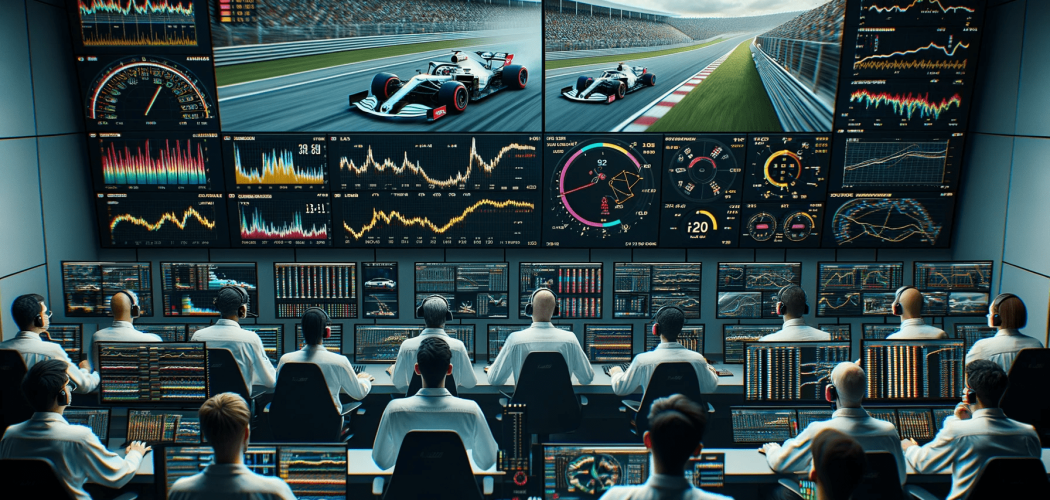
The Grand Prix of Operations: Racing through the Gears of Formula 1 and ERPs
In Formula 1, every microsecond and every decision could spell the difference between the thrill of victory and the agony of defeat. Much like in the corporate arena, where CEOs and CFOs navigate the race towards market leadership, operational efficiency is the linchpin of success. The recent maneuver by Formula 1’s governing body, introducing a $145 million operational spending cap in 2021, mirrors the budgetary constraints and performance optimization quests that enterprises face daily.
Now, let's shift gears and delve into the pit stops of Formula 1's data analysis journey, a narrative that will drive home why ERP systems are the turbo engines of today's business operations.
Pre-ERP Lap:
· Manual Data Pit Stops: Initially, Formula 1 teams grappled with manual data collection and analysis, relying on a medley of physical observations, basic measurements, and seasoned intuition. The race was more about raw horsepower than digital horsepower.
· Basic Computing Acceleration: As computing dawned, teams adopted basic computer systems to crunch numbers. However, these systems were akin to siloed pit stops, lacking the cohesive, real-time data fueling required for agile decision-making.
· Specialized Software Lap: Over time, specialized software cruised onto the track, focusing on aerodynamics, engine performance, and tire management. However, the lack of an integrated track left teams running with a mix of high-octane and regular data.
Post-ERP Era:
· Integrated Data Pit Lane: The integration of ERP systems orchestrated a well-oiled machine of real-time data collection, analysis, and cross-departmental decision-making. It's like having a unified pit crew for every department, ready to fine-tune operations at every turn.
· Real-Time Analysis Overdrive: ERP systems injected turbo speed into data analysis during races and testing, enabling swift, informed decisions. Just imagine having a real-time analysis of every market shift and consumer behavior as you steer your enterprise through the competitive race.
· Cross-Functional Decision Making: Much like a synchronized pit crew, ERP systems provide a centralized hub where data from various departments is rallied for collective analysis and decision-making. It's about having the right crew with the right data at the right time, every time.
· Cost Management Cruise Control: The cost caps in Formula 1 resonate with the financial stewardship mandated in boardrooms. ERPs are the cruise control mechanisms ensuring resource efficiency, compliance, and performance optimization amidst budgetary guardrails.
· Supplier and Inventory Management Pit Stop: ERP systems equip teams to manage supplier relationships and inventories with precision, ensuring that the right parts are ready at the right pit stops, a nod to seamless supply chain management in the corporate race.
· Performance Optimization Finish Line: With ERP systems, data becomes the race engineer for optimizing car performance, designing winning strategies, and crossing the finish line with a champion's flourish.
The partnerships like Aston Martin Cognizant F1 Team with IFS ERP systems, Team Lotus (now Caterham F1 Team) with Microsoft Dynamics AX, and Red Bull with Oracle & IBM, exemplify how precision, efficiency, and real-time data analysis are fueling the race to excellence, both on the track and in the boardroom.
Much like Formula 1 teams, today's enterprises are in a relentless race towards operational excellence, and ERP systems are emerging as the game-changing pit crews enabling real-time analysis, strategic agility, and performance tuning. So, as we race towards market leadership, the checkered flag of success waves for those who harness the power of integrated, real-time, and efficient operational systems. CEOs and CFOs, start your engines, the race is on!







